Soaring above the tree tops of Los Haitises National Park is the mighty Ridgway’s Hawk. Conflicts with humans and changes in its forest habitat have made it hard for this species to survive. Marta Curti gives us an update on the exciting work of The Peregrine Fund to save this Critically Endangered raptor.
Since 2000, when we began our project to conserve the Critically Endangered Ridgway’s Hawk in the Dominican Republic (DR), we began to hire and train local crew members to help carry out the field work. In 2011, we increased our recruitment and training efforts greatly. One of our main goals is to make the project sustainable in the long-term, which means giving locals the opportunity and the means to support their families while working directly for conservation.
We currently have over 20 Dominicans employed on our project. Most were born and raised in the very communities where we work, right in the heart of Ridgway’s Hawk territory. These residents range in age from late teens to over 60. They are trained in nest searching, monitoring, data collection, data entry, tree climbing, banding, treating nests to prevent nest fly infestations, and environmental education techniques. They spend long hours in the field, hiking over rough terrain, sometimes in oppressive heat and humidity or torrential downpours, to monitor and protect the hawks. While we are always so grateful for the work they do, this year, more than ever, their commitment to this project has proved invaluable.
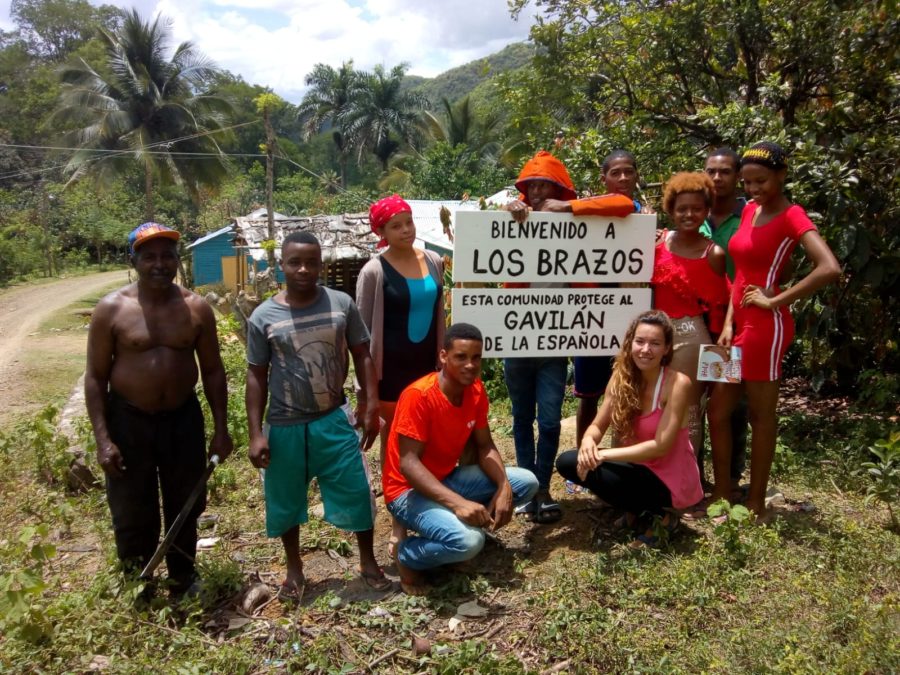
Communities Take Up the Reins During COVID-19
Due to the COVID-19 outbreak, Thomas Hayes (Ridgway’s Hawk Project Director) and Marta Curti (Ridgway’s Hawk Project Environmental Education Specialist), will not be able to travel to the DR for the next several months, if not longer. If this were a “normal” year, we would both be planning a trip now, as the next few months are critical to our project’s success. Ridgway’s Hawk breeding season is in full swing and it is important to continue monitoring, banding, and treating nests. Thanks to our local crew, this work is being accomplished without a hitch!
At our first reintroduction site, the Punta Cana Resort and Club, our team is monitoring 17 pairs. Six of these pairs have hatched 13 young so far this year, while 9 have eggs waiting to hatch! This is an incredible achievement, considering that Ridgway’s Hawks hadn’t been documented in this area since the 1970s and breeding pairs didn’t start to form there until 2013! Though our environmental education efforts have been postponed in order to maintain social distancing, we were still able to reach 1,594 individuals at the beginning of the year. Our crew in Los Limones had a beautiful mural painted at the entrance to the town.
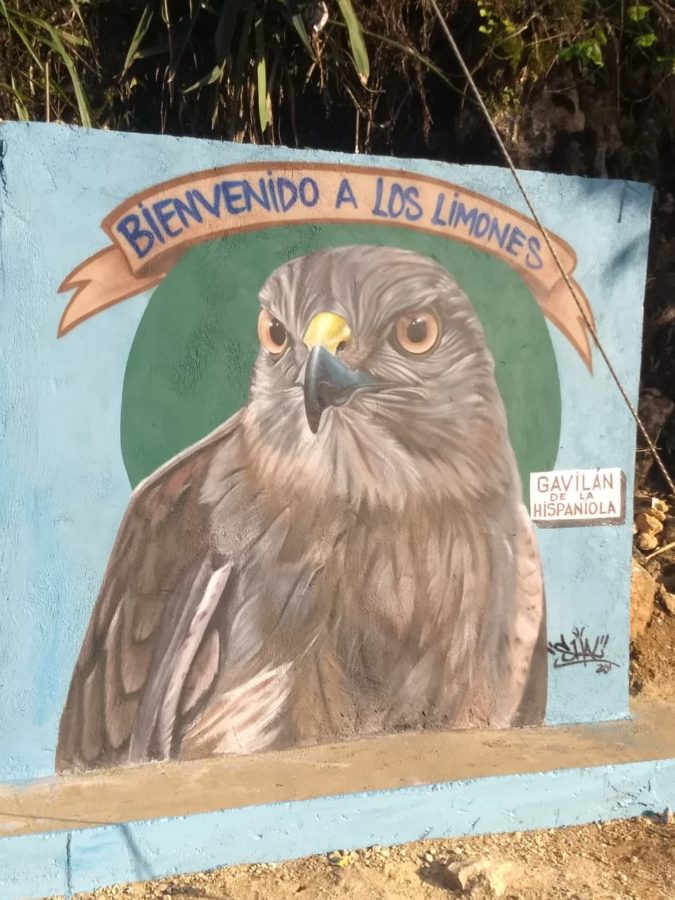
Los Brazos: An Eco-Friendly Release Site for Ridgway’s Hawks
While our seasoned crews are doing an amazing job in Punta Cana and Los Haitises National Park, we are particularly grateful for the newest additions to our team – our crew from the town of Los Brazos, located within the Aniana Vargas National Park in Dominican Republic. The small town of approximately 100 people relies heavily on the production of shade-grown certified organic cacao. Young and old, men and women, work daily to harvest, dry, process, and sell the crop.
The town itself consists of one dirt road with houses scattered on either side. In and around the town are cacao plantations interspersed with tall trees, wildflowers and wildlife. To maintain the organic certification, they must heed certain rules: no use of pesticides, no killing of wildlife, no cutting of forests. This, and the fact that this area was designated as Aniana Vargas National Park in 2009, was the main reason we chose this area as the newest site for Ridgway’s Hawk releases. Though every area has its unique challenges when it comes to releasing birds of prey, we knew we would be ahead by leaps and bounds releasing birds here. Thanks to support from the Betty Petersen Conservation Fund, we were able to release 25 young hawks in this area in 2019.
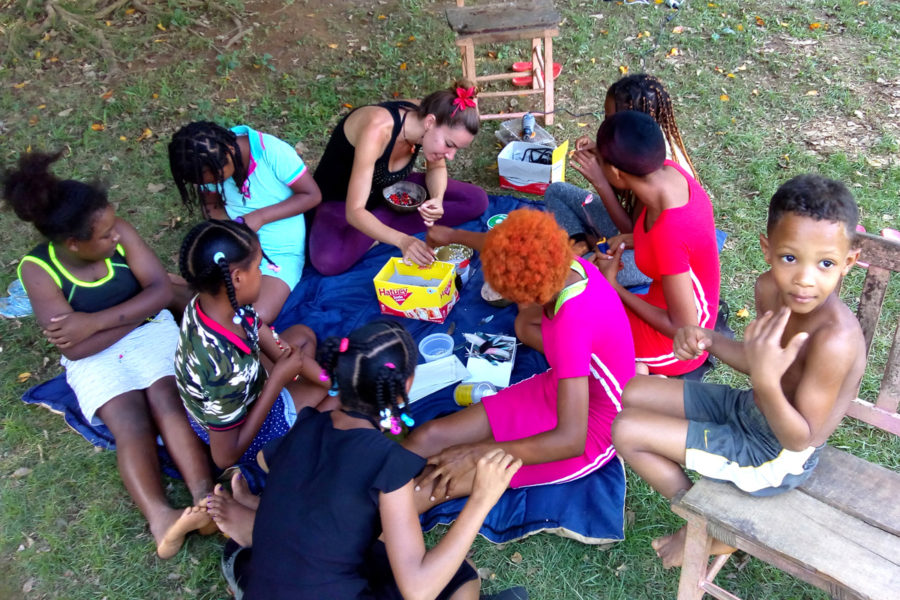
Exciting News to Report
Though we had planned to release another group of hawks this coming field season, we have decided to postpone this year’s releases due to the COVID-19 pandemic. However, thanks to our local crew, we have some amazing news to report. Our team has documented a pair of hawks building a nest in the area. This is the first pair formed from the previous year’s cohort of released birds, and a huge step in developing an additional hawk population in this region.
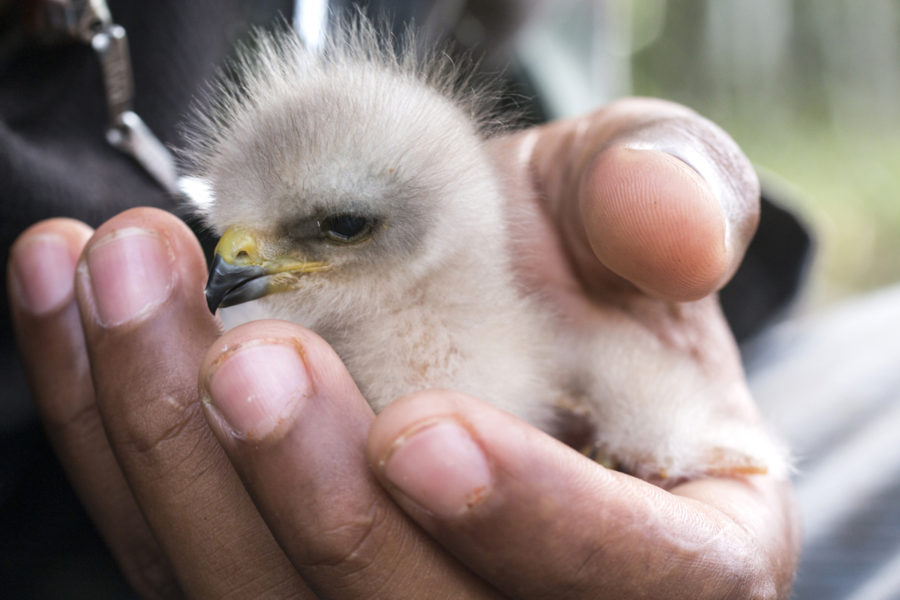
While there is so much uncertainty in the world at this time, it is an opportunity to focus on the things we are grateful for. I, for one, deeply appreciate the work of our amazing team and their unending dedication to protect this hawk. And I am grateful to the Betty Petersen Conservation Fund and BirdsCaribbean for continuing to support our work.
By Marta Curti, The Peregrine Fund. Marta began working as a field biologist with The Peregrine Fund (TPF) in 2000 when she worked as a hack site attendant on the Aplomado Falcon project in southern Texas. She has since worked as a biologist and environmental educator on several TPF projects from California Condors in Arizona to Harpy Eagles and Orange-breasted Falcons in Belize and Panama. She has been working with the Ridgway’s Hawk Project since 2011. This project is funded in part by BirdsCaribbean’s Betty Petersen Conservation Fund. Please donate to help this save the Ridgeway’s Hawk!

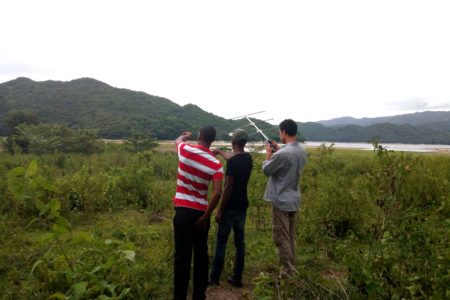
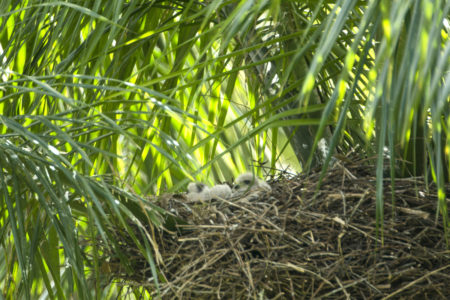
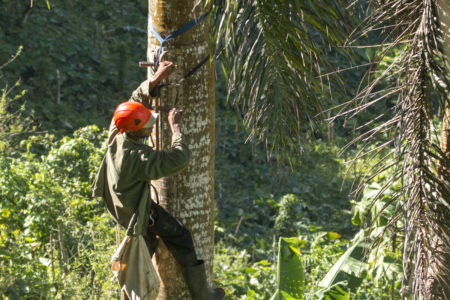
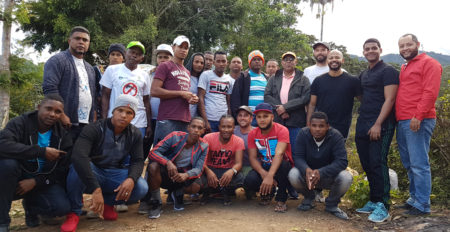
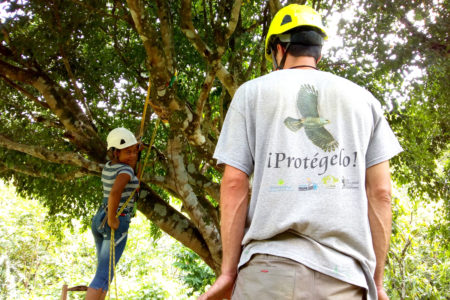
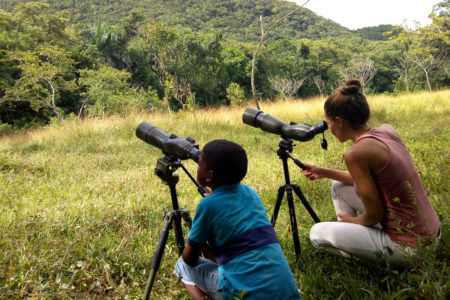
Great to see a good new story ! My heartiest congratulations to everyone involved in this project to help save this amazing bird . Keep up the great work ! Best wishes Tony Baker, Scotland
So good to hear from you, Tony, all the way from Scotland, and thank you for your kind words!!! Keep in touch and take care! Lisa Sorenson, BirdsCaribbean